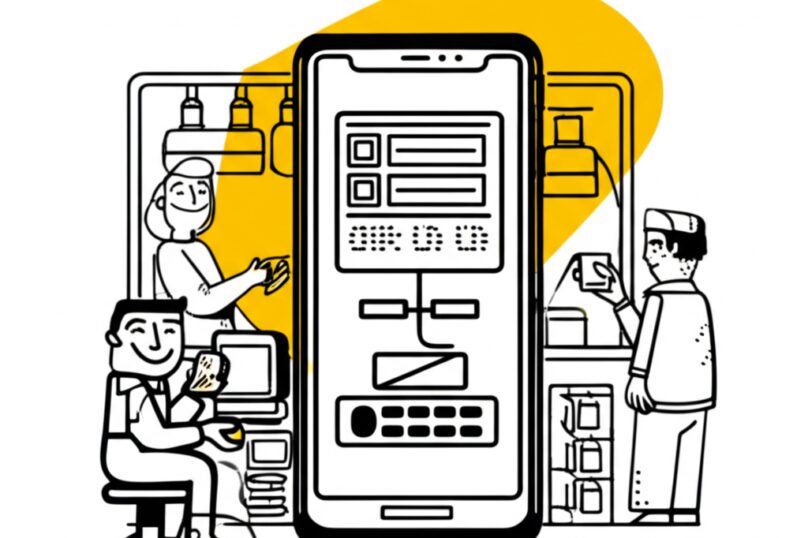Case Study: How a retail chain adopted digital transformation

Case Study: How a Retail Chain in Tamil Nadu Adopted Digital Transformation
In today’s fast-paced world, businesses need to adapt quickly to survive. This is especially true for retail chains, which face increasing competition from online retailers and changing consumer behavior. One such retail chain in Tamil Nadu, let’s call it “Saravana Stores,” recognized the need to transform its business and embraced digital technologies to improve efficiency, customer experience, and overall profitability.
The Challenge: Saravana Stores was struggling with several key issues. Their inventory management was inefficient, leading to stockouts and overstocking. Their customer service was inconsistent, and they lacked a centralized system for managing customer data. Their marketing efforts were ineffective, and they struggled to reach their target audience. They also had a huge challenge with maintaining a consistent level of service across their many branches, which were spread all over Tamil Nadu.
The Solution: Saravana Stores embarked on a comprehensive digital transformation journey. This involved several key steps:
- Implementing a new inventory management system: They adopted a cloud-based inventory management system that provided real-time visibility into stock levels across all their stores. This helped them optimize their inventory, reduce stockouts, and minimize waste.
- Creating a mobile app for customers: They developed a user-friendly mobile app that allowed customers to browse products, place orders, track deliveries, and access exclusive offers. This improved customer convenience and engagement.
- Adopting a customer relationship management (CRM) system: They implemented a CRM system to centralize customer data and track interactions. This helped them personalize their marketing efforts and improve customer service.
- Improving their supply chain management: They introduced a more efficient supply chain using technology. This reduced delivery times and improved the overall speed of getting goods to the shelves.
- Implementing a loyalty program: They launched a loyalty program to reward repeat customers and encourage customer retention. This program was linked to their mobile app and CRM.
- Training employees: Crucially, they invested heavily in training their employees on the new technologies and systems. This ensured a smooth transition and helped employees understand how to use the new tools effectively.
The Results: The digital transformation initiative yielded significant results for Saravana Stores. They saw a marked improvement in inventory management, leading to reduced costs and increased profitability. Customer satisfaction increased thanks to improved service and the convenience of the mobile app. Their marketing efforts became more targeted and effective, resulting in increased sales. The streamlined supply chain led to quicker delivery of goods. Finally, the loyalty program increased customer retention.
Key Learnings: Saravana Stores’ success story highlights the importance of a well-planned and executed digital transformation strategy. Key learnings include the need for strong leadership, employee buy-in, and a focus on customer needs. Choosing the right technology partners and investing in employee training are also vital.
Conclusion: Saravana Stores’ journey shows how digital transformation can revolutionize a retail business. By embracing technology and focusing on customer experience, they were able to overcome their challenges and achieve significant growth. This case study serves as a powerful example for other retail chains in Tamil Nadu and across India, demonstrating the potential of digital transformation to unlock new levels of success.
